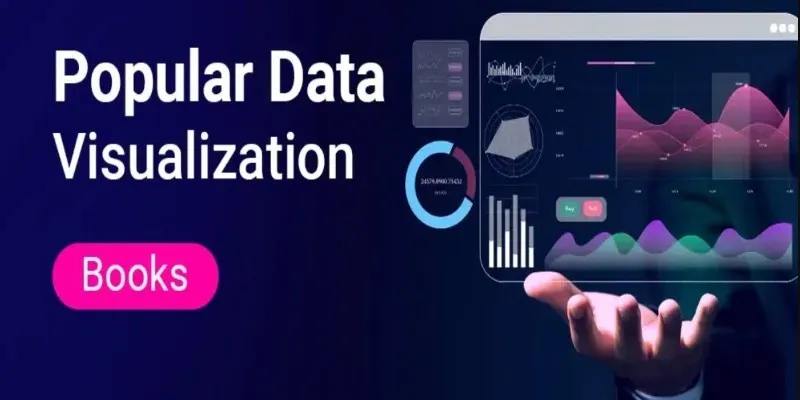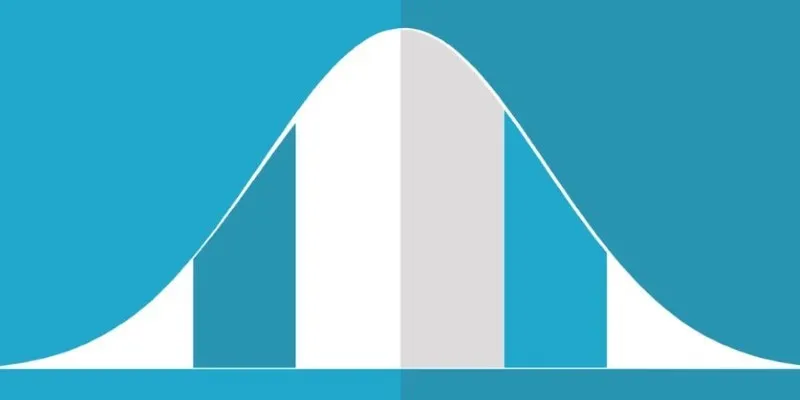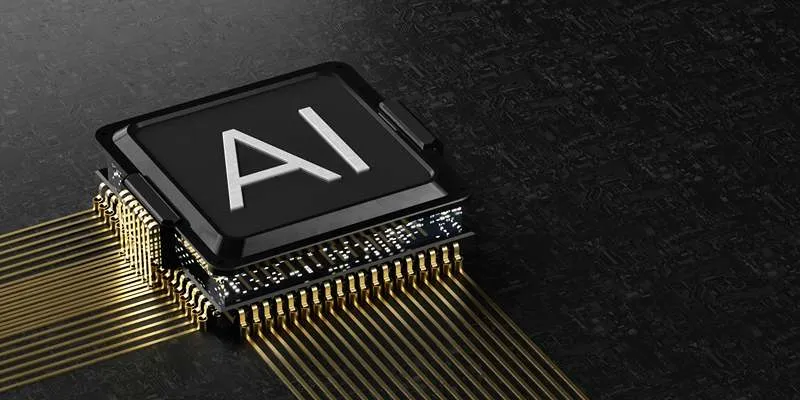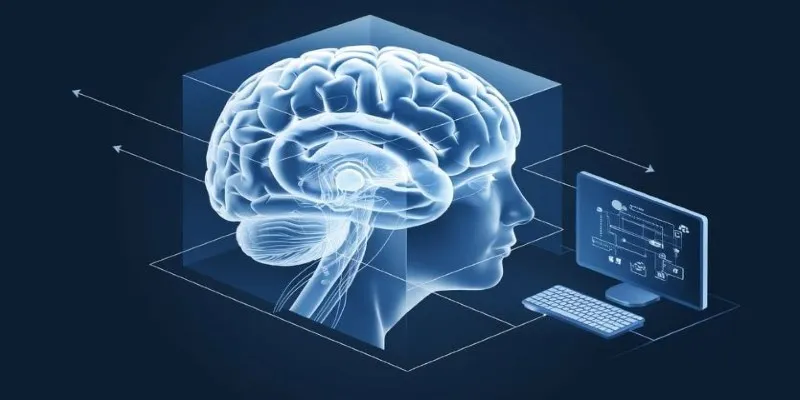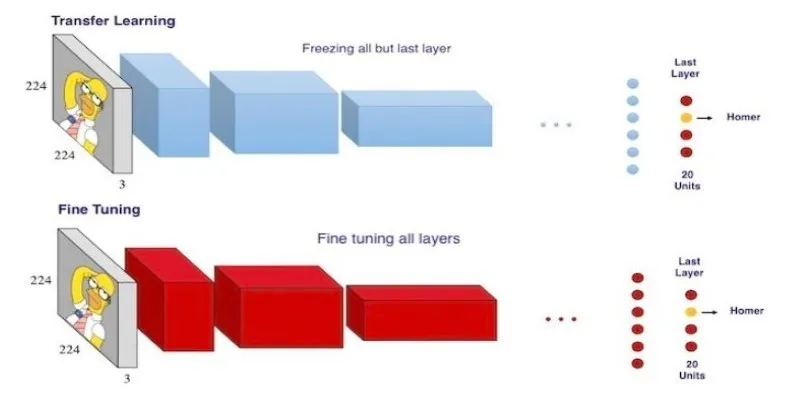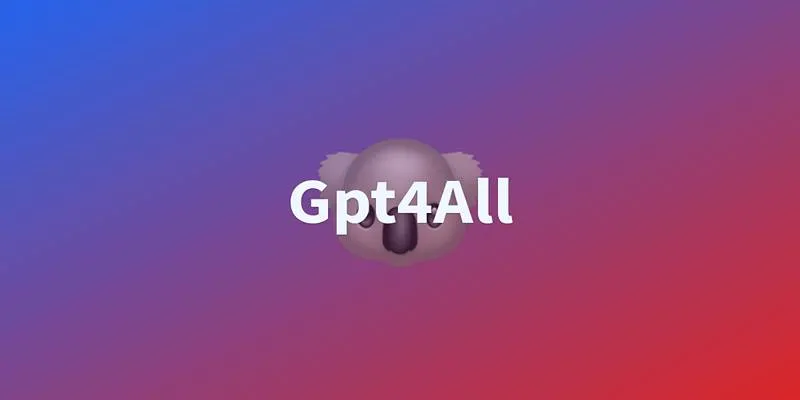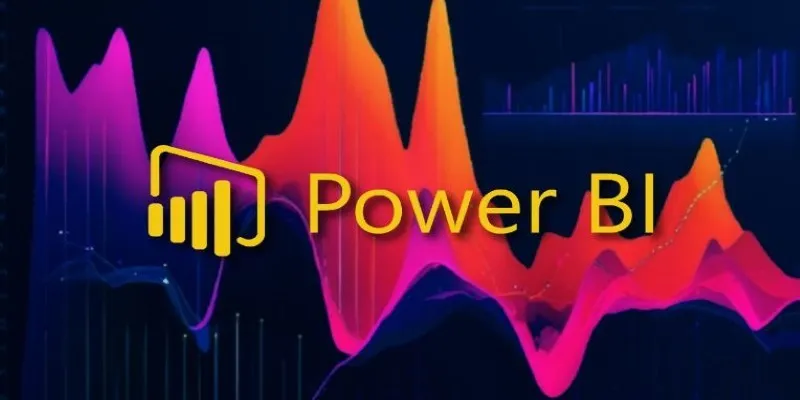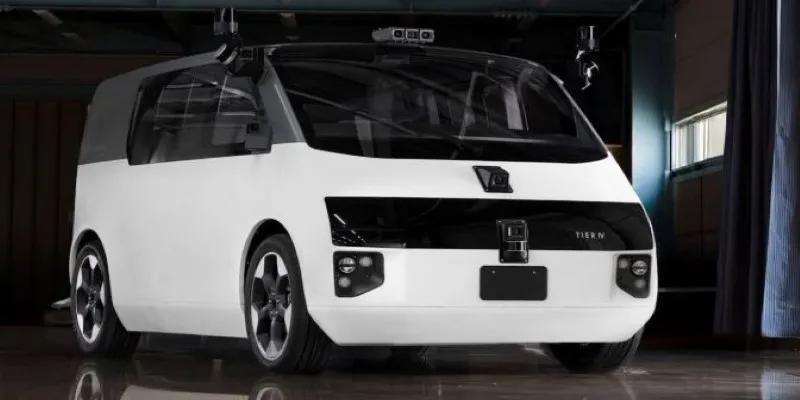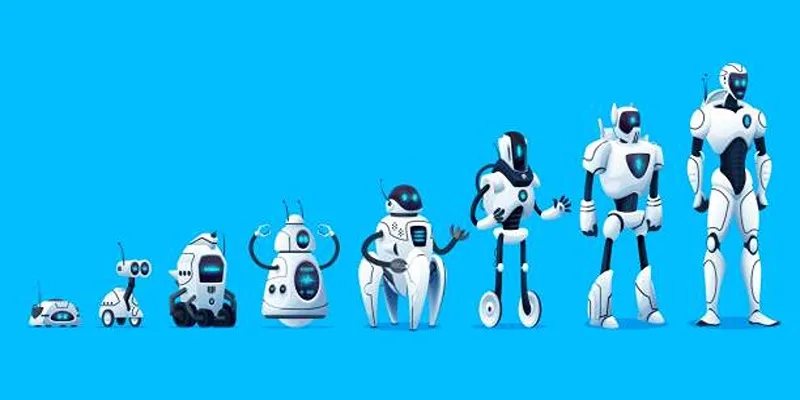Content produced by artificial intelligence is becoming increasingly lifelike, making it challenging for many to determine whether visuals or text are real. As AI technology advances, differentiating between human and machine-generated content becomes more difficult. It is crucial to be able to spot text and images produced by AI to ensure the authenticity of information.
Companies, educators, and content developers must verify the legitimacy of content. Identifying AI-generated content helps prevent the spread of misinformation. This guide covers key detection methods, focusing on photo anomalies and patterns in AI-written text. By understanding these signals, you can effectively identify synthetic material. Let’s explore the traits of AI- generated graphics and text.
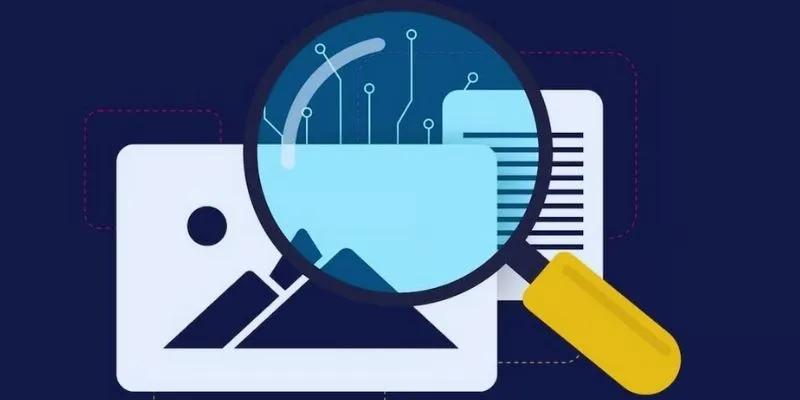
Identifying AI-Generated Text
AI-generated text exhibits specific patterns and trends. It often lacks the nuances and contradictions found in human writing. Although it may sound professional, it typically follows set frameworks. Recognizing these patterns will help you distinguish between human and AI-generated material.
- Repetitive or Predictable Wording: AI models create text by leveraging probability, resulting in an idealistic tone. You may notice consistent language structures or repetitive phrases. Unlike human writing, AI-generated text doesn’t always exhibit randomness. A passage that reads too perfectly and lacks variation might be machine-written.
- Lack of Emotional Depth: AI struggles with conveying emotional subtleties. It generates material that is emotive yet flat and factual. Human writing combines strong emotions with personal experience, which AI-produced text lacks. It often sounds robotic, conveying concepts without a genuine emotional connection.
- Overuse of Formal or Neutral Tone: AI-generated content often avoids strong viewpoints, maintaining either a neutral or overly formal tone. This removes authentic human expression, even when clarifying information. Human writers typically blend formal and casual approaches, something AI lacks, leading to text that sounds generic or impersonal.
- Inconsistencies in Context: AI-generated writing can contradict itself, as AI sometimes loses track of long-form materials. A trained human writer maintains consistency in thought, while AI might misinterpret key points or randomly shift topics. If a paragraph changes direction abruptly, it might be AI-produced.
- Unusual Grammar and Punctuation: AI-produced text sometimes includes strange punctuation or awkward sentence construction. While AI models continue to improve, they still make language errors. Look for odd punctuation, missing words, or unusual breaks in the text.
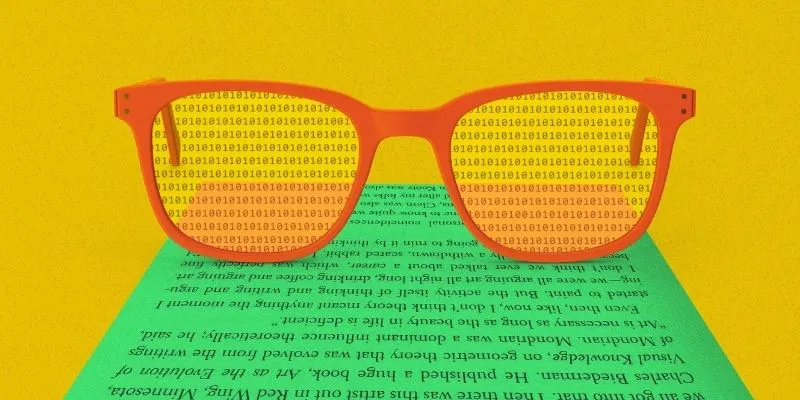
Tools for Detecting AI-Written Content
AI detection tools are invaluable for identifying machine-generated writing. These tools analyze context, word choice, and sentence structure, highlighting inconsistencies and contrasting writing styles with human-generated text.
- OpenAI’s AI Text Classifier: This tool identifies whether a passage is AI-generated by analyzing text patterns typical of machine writing and providing a probability score of AI involvement.
- GPTZero: Popular among educators, GPTZero examines academic papers and AI-generated essays, highlighting consistent AI-generated sentences. It is widely used in schools, colleges, and universities to verify originality.
- Copyleaks AI Detector: Copyleaks offers AI text-detection capabilities, comparing human-written content with AI-generated works and providing a probability score for AI involvement.
- Content at Scale AI Detector: This tool examines sentence flow and structure, emphasizing the robotic rhythms of AI-generated text. Editors and content managers find it helpful for maintaining the authenticity of published content.
- Hugging Face AI Detector: Hugging Face provides an AI classifier model to identify machine-generated material, used extensively by developers and researchers in academic and scientific fields.
While AI detection tools increase accuracy, human review remains crucial. Relying on human judgment is still the best way to verify content validity.
Recognizing AI-Generated Photos
AI-generated photos often contain subtle mistakes that reveal their artificial nature. Detecting visual discrepancies requires close inspection. Here are common indicators of AI-produced images.
- Distorted Facial Features: AI-generated faces sometimes display odd symmetry, with misaligned eyes or stiff facial expressions. Teeth and fingers may appear deformed. A close examination of facial traits can reveal AI manipulation.
- Inconsistent Lighting: In AI-generated photos, shadows and lighting might not match, with some areas appearing unnaturally bright. This discrepancy indicates AI production, as light sources might deviate from expected behavior.
- Unnatural Textures: AI struggles to replicate exact materials like fur, fabric, or hair. Hair strands may blend poorly, and fabric patterns could appear surreal or distorted. These defects are especially common in high-detail areas.
- Extra or Missing Limbs: AI-generated graphics sometimes produce additional hands or fingers, or limbs may appear blurry or disappear entirely. This occurs because AI finds it challenging to replicate human anatomy accurately.
- Background Anomalies: AI-produced images can feature surreal backgrounds, with duplicated objects or distorted buildings. An image with floating elements or unusual distortions may have been AI-generated.
Tools for Detecting AI-Generated Photos
AI detection systems help confirm image authenticity by examining data, shadows, and structures, pointing out defects that the human eye might overlook.
- Deepware Scanner: Deepware detects deepfake photos produced by AI, analyzing illumination variances and facial structures. It is often used to verify social media and profile images.
- Forensically: This tool examines image metadata, searching for alteration traces in AI-generated photos, and highlights changes made over time.
- AI or Not: This tool identifies synthetic images by checking structural flaws and texturing patterns, providing a likelihood score for AI creation.
- PetaPixel AI Detection Tool: PetaPixel offers a tool for detecting AI-generated pictures, highlighting minor visual defects that editors and photographers can use.
- Adobe Content Authenticity Initiative: Adobe’s utility logs image sources, providing metadata to verify if a photo is AI-generated, ensuring transparency in digital media.
These tools aid in confirming picture validity, but manual review is equally important. A keen eye can spot AI-generated details.
Conclusion
As AI-generated content becomes more sophisticated, detecting false text and images is essential. Identifying AI-written material involves looking for unusual grammar, tone variations, and repetitive language. AI-produced images might display extra limbs, distorted features, or inconsistent lighting. While AI detection tools enhance accuracy, manual review remains crucial. Always analyze backgrounds, patterns, and context to ensure authenticity in online materials and combat misinformation.
 zfn9
zfn9
